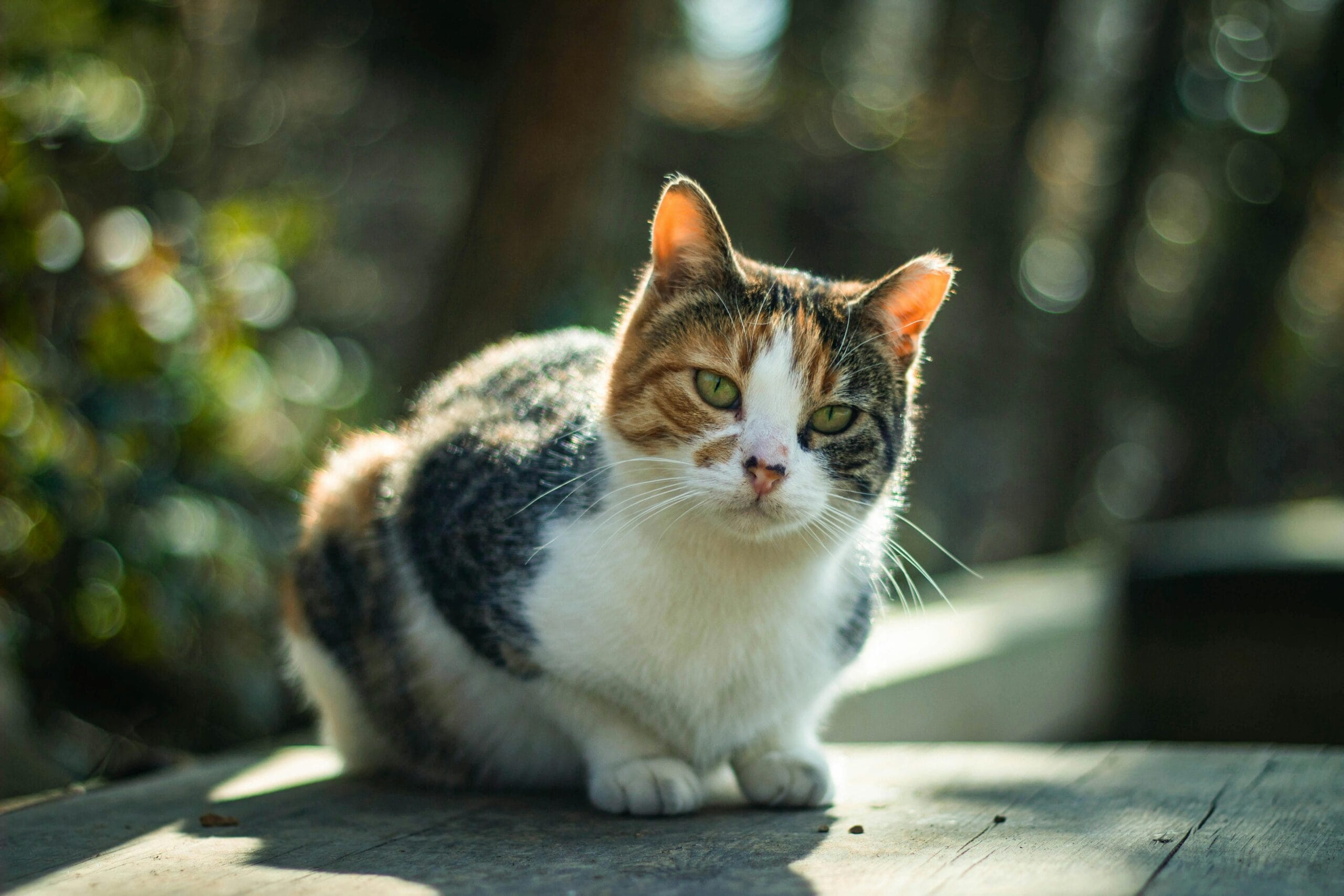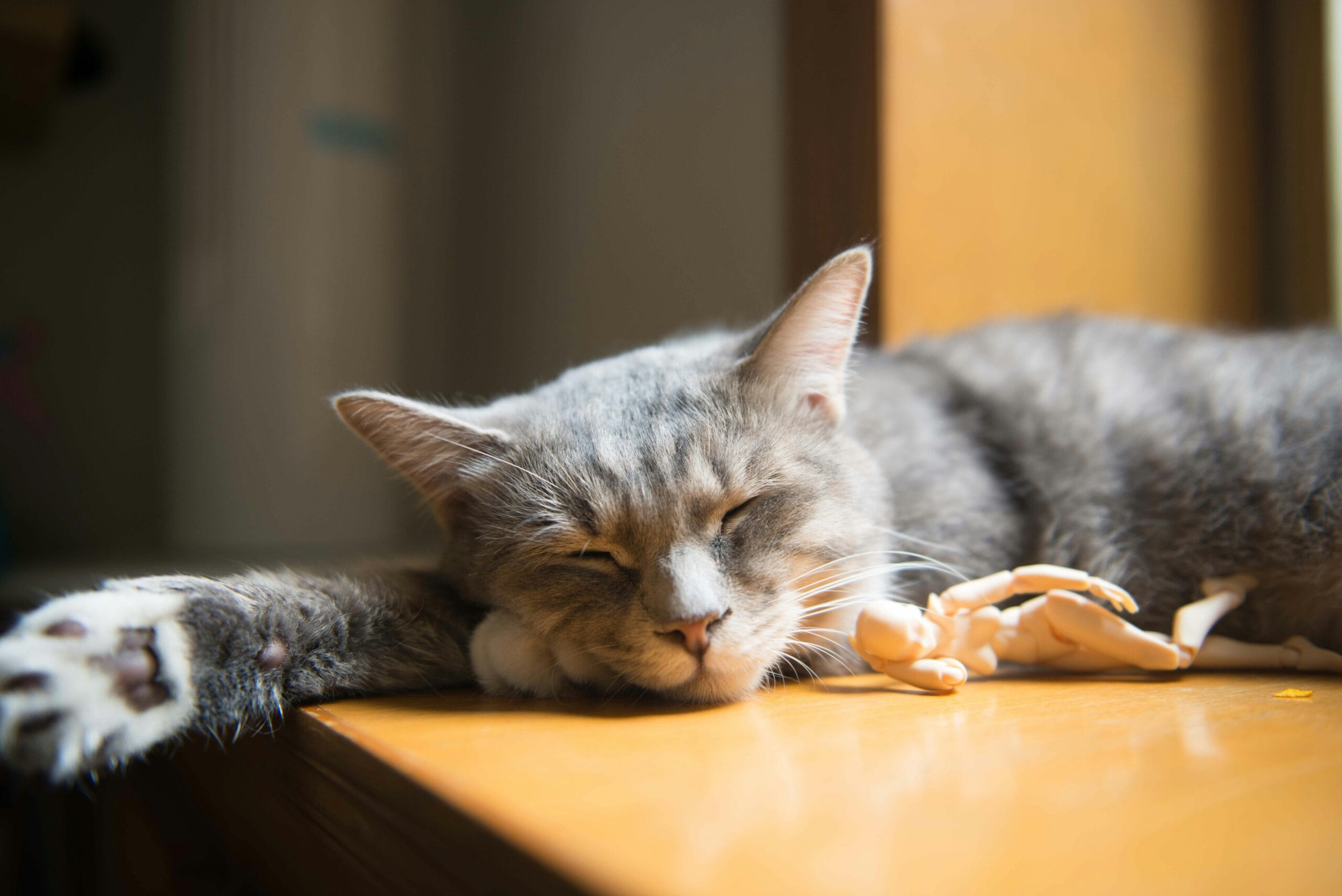Are Spider Plants Poisonous To Cats? Discover the truth about Spider Plant cat toxicity & what to do if your cat eats spider plants. Find expert advice & protect your feline friend!
Are Spider Plants Poisonous to Cats? A Comprehensive Guide
The question, “Are spider plants poisonous to cats?”, is a common concern for cat owners who enjoy the beauty and air-purifying qualities of these popular houseplants. This detailed guide will explore the toxicity of spider plants to cats, providing you with the information you need to keep your feline friend safe and healthy.
Understanding Spider Plant Cat Toxicity
While spider plants (Chlorophytum comosum) are not considered highly toxic to cats, they can still cause mild gastrointestinal upset if ingested. The ASPCA lists spider plants as non-toxic to cats, meaning they are unlikely to cause severe illness or death. However, this doesn’t mean they’re completely harmless. The level of toxicity can vary depending on factors such as the cat’s size, the amount of plant material consumed, and the cat’s individual sensitivity.
Symptoms of Cats Eating Spider Plants
If your cat ingests part of a spider plant, you might observe some mild symptoms, which typically include:
- Mild vomiting
- Diarrhea
- Loss of appetite
- Lethargy
These symptoms are usually temporary and resolve on their own within a day or two. However, if you notice more severe symptoms like excessive vomiting, difficulty breathing, or other signs of distress, you should contact your veterinarian immediately. Severe reactions to spider plants are rare, but it’s always best to err on the side of caution.
Why Cats Eat Plants – A Behavioral Perspective
Cats, even indoor cats, sometimes exhibit a behavior called pica, which involves the ingestion of non-food items. This can be due to various reasons, including nutritional deficiencies, boredom, or stress. Understanding why your cat might be tempted to munch on your spider plant can help you prevent future incidents. For example, if your cat is exhibiting signs of pica you might need to look into whether it is getting enough essential nutrients in its diet. Another way to help prevent your cat eating spider plants is to make sure it has enough playtime and interaction throughout the day.
Preventing Cats from Eating Spider Plants
The best way to deal with cats eating spider plants is prevention. Here are some practical steps you can take:
- Place the spider plant out of your cat’s reach. This could involve placing it on a high shelf, hanging it from the ceiling, or keeping it in a room your cat doesn’t usually access.
- Provide your cat with plenty of safe and engaging alternatives. Catnip toys, scratching posts, and interactive games can help divert their attention away from your plants.
- Consider using cat repellents. There are commercially available plant sprays designed to deter cats, though it’s crucial to check that these are safe for your cat and won’t harm them if ingested.
- Ensure your cat’s diet is balanced and complete. Nutritional deficiencies can sometimes lead to pica. If you’re concerned about your cat’s diet, consult your veterinarian.
If your cat shows a pattern of eating plants, like the Spider Plant cat toxicity or shows symptoms after ingestion, even if mild, it is crucial to schedule a consultation with your veterinarian. Similarly, if you are concerned that your cat might have eaten other potentially toxic plants like daffodils, it is important to seek veterinary advice. Check out our guide on whether are daffodils poisonous to cats for more information.
Comparing Spider Plant Toxicity to Other Common Houseplants
While spider plants are relatively safe compared to some other houseplants, it’s important to be aware of the potential toxicity of other common houseplants. For instance, many popular plants like Monstera deliciosa are considerably more toxic. Learn more about the danger posed by Monstera plants by reading our article on are Monstera toxic to cats. In contrast to these toxic plants, grapes and cherries are also dangerous for cats to consume, as discussed in our articles: Can cats eat grapes? and Can cats have cherries? Even seemingly harmless substances like peppermint oil can pose risks. To learn more about the safety of essential oils for your cat, read our comprehensive guide on is peppermint oil safe for cats?
Seeking Veterinary Advice
Even though spider plants are not highly toxic, it’s always best to err on the side of caution. If you suspect your cat has ingested a significant amount of spider plant, or if you notice any concerning symptoms, contact your veterinarian immediately. Early intervention is key to preventing any potential complications. A vet can assess your cat’s condition and provide appropriate treatment if necessary. They can also offer valuable advice on preventing future incidents.
Further Research and Resources
For additional information on the toxicity of plants to cats, you can consult the American Society for the Prevention of Cruelty to Animals (ASPCA) website. The ASPCA maintains a comprehensive database of toxic and non-toxic plants. ASPCA Toxic and Non-Toxic Plants is a fantastic resource that offers a searchable database for determining the toxicity of numerous plants. Another excellent resource is the Pet Poison Helpline, which provides 24/7 access to veterinary experts who can answer your questions about pet poisoning.
Furthermore, the Pet Poison Helpline offers valuable information and guidance on handling pet poisoning emergencies. They have a wealth of information about toxic substances, including plants, which can be beneficial for pet owners.
Conclusion: Navigating the World of Spider Plants and Cats
While spider plants are not highly toxic to cats, they can still cause mild gastrointestinal upset. Preventing your cat from accessing the plant is the best approach. By understanding the potential risks, taking preventative measures, and knowing when to seek veterinary attention, you can ensure the safety and well-being of your feline companion while enjoying the beauty of your spider plant.
Share Your Experience!
Have you had any experiences with your cat and spider plants? Share your stories and tips in the comments below! Let’s build a community of cat lovers who can learn from each other’s experiences with Spider Plant cat toxicity and other plant-related concerns. Your insights can help other cat owners keep their furry friends safe and healthy!

Frequently Asked Questions: Are Spider Plants Poisonous to Cats?
- Are spider plants poisonous to cats?
- No, spider plants are not considered highly toxic to cats. While ingestion might cause mild gastrointestinal upset, they are not usually life-threatening. However, it’s best to prevent your cat from eating them.
- What are the symptoms of Spider Plant cat toxicity?
- Symptoms of Spider Plant cat toxicity are generally mild and may include vomiting, diarrhea, and loss of appetite. If your cat shows these symptoms after ingesting a spider plant, contact your vet.
- How toxic are spider plants to cats?
- Spider plants are classified as mildly toxic or non-toxic to cats by many sources. The ASPCA lists them as non-toxic. The level of toxicity depends on the amount ingested and the cat’s individual sensitivity.
- My cat ate a spider plant, what should I do?
- If your cat ate a significant amount of a spider plant, monitor them closely for any symptoms such as vomiting or diarrhea. Contact your veterinarian if you notice any concerning signs. For small ingestions, observation is often sufficient.
- Are spider plant leaves poisonous to cats?
- While not highly toxic, all parts of the spider plant, including the leaves, can cause mild upset if ingested by cats. The quantity consumed impacts the severity of potential symptoms.
- What if my kitten eats a spider plant?
- Kittens, being smaller, are more susceptible to the effects of any ingested plant material, even mildly toxic ones. Monitor your kitten closely for symptoms after Cats eating spider plants and contact your vet if you have concerns.
- Is spider plant sap toxic to cats?
- There’s no evidence suggesting that spider plant sap is particularly toxic to cats. However, it’s still advisable to prevent your cat from ingesting any part of the plant.
- How can I prevent my cat from eating my spider plant?
- Place the spider plant out of your cat’s reach, perhaps on a high shelf or in a room your cat doesn’t access. You can also use deterrents like citrus scents which cats often dislike.
- Are there any other plants safe for cats?
- Yes, many plants are considered safe for cats. Research cat-friendly plants before bringing any new plants into your home. Always double check with reputable sources to be certain.
- Should I be concerned if my cat only nibbled on a spider plant?
- A small nibble is unlikely to cause serious problems. However, keep an eye on your cat for any unusual behavior or symptoms. If you’re concerned, contact your vet.

Are Spider Plants Poisonous to Cats?
The short answer is: Spider plants are generally considered non-toxic to cats. However, this doesn’t mean they’re completely harmless. While ingestion of a small amount of spider plant leaves is unlikely to cause serious harm, it can still lead to mild gastrointestinal upset. Symptoms might include vomiting or diarrhea. If your cat ingests a significant quantity, it’s best to contact your veterinarian as a precaution. Just like with any plant, it’s always better to err on the side of caution when it comes to your feline friend’s health. Remember, some cats are more sensitive than others.
Many common household plants pose a risk to cats. For example, daffodils are known to be toxic, as detailed in this article: Are Daffodils Poisonous to Cats? Similarly, certain popular houseplants like monsteras present a danger. Learn more about their toxicity here: Are Monstera Toxic to Cats? This highlights the importance of researching the safety of all plants before introducing them into your home, especially if you have a curious cat.
Prevention is key. The best way to avoid any potential problems is to simply keep spider plants out of your cat’s reach. Place them on high shelves or in hanging baskets. If your cat is determined, consider using plant deterrents or providing alternative, safe playthings to distract them. Ensuring your cat has a varied and enriching environment is crucial for their wellbeing. Consider things they can safely eat – but always be cautious, for example, even seemingly innocuous foods like grapes can have serious implications for your cat: Can Cats Eat Grapes?
While spider plants are relatively safe compared to some other plants, it’s crucial to be aware of the potential risks associated with other common household items. For example, even seemingly harmless things such as cherries can be a health concern for cats: Can Cats Have Cherries? And essential oils, often used in home fragrances and cleaning products, can also pose a significant threat. Learn more about the safety of peppermint oil for cats here: Is Peppermint Oil Safe for Cats?
In summary, while spider plants are generally considered non-toxic to cats, it’s important to monitor your cat’s behavior after any potential ingestion and to contact your veterinarian immediately if you observe any signs of illness. Proactive measures like keeping plants out of reach are the most effective way to ensure your cat’s safety. Remember, responsible pet ownership includes making informed choices about the environment you provide for your furry friend.
Are Spider Plants Poisonous To Cats, Spider Plant Cat Toxicity, Cats Eating Spider Plants